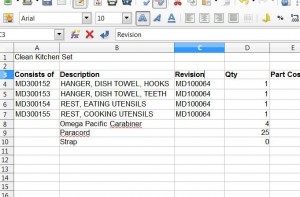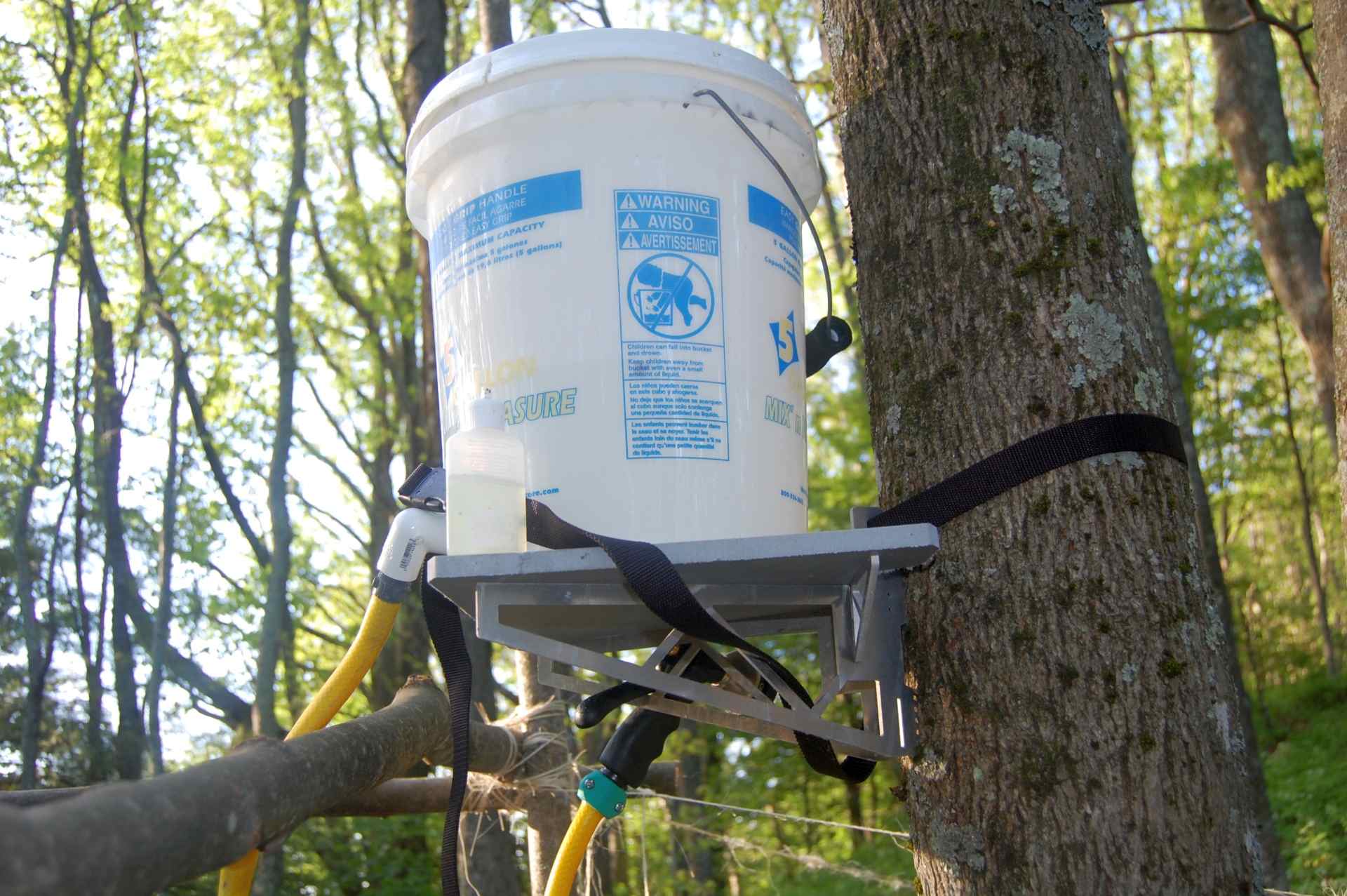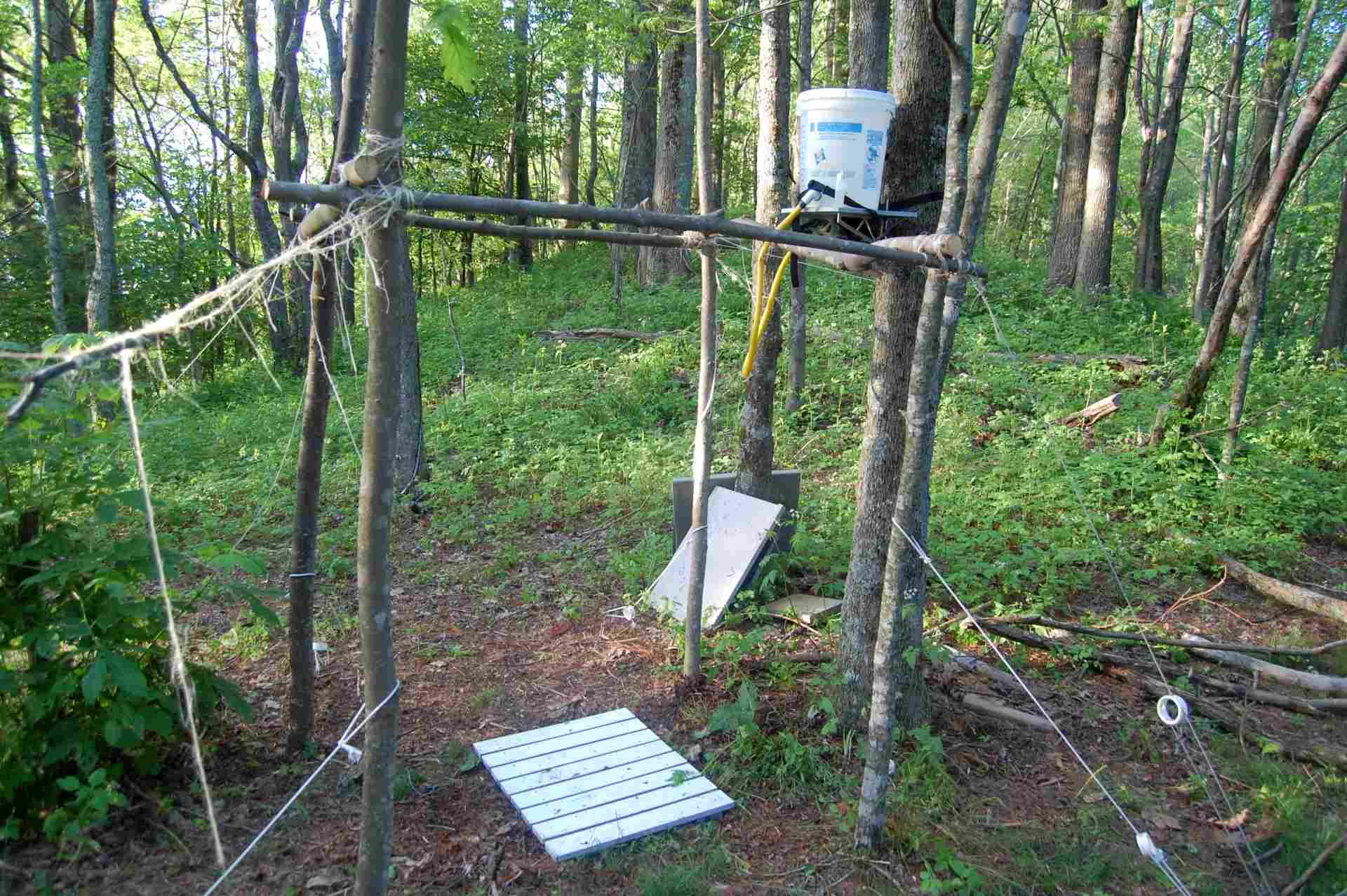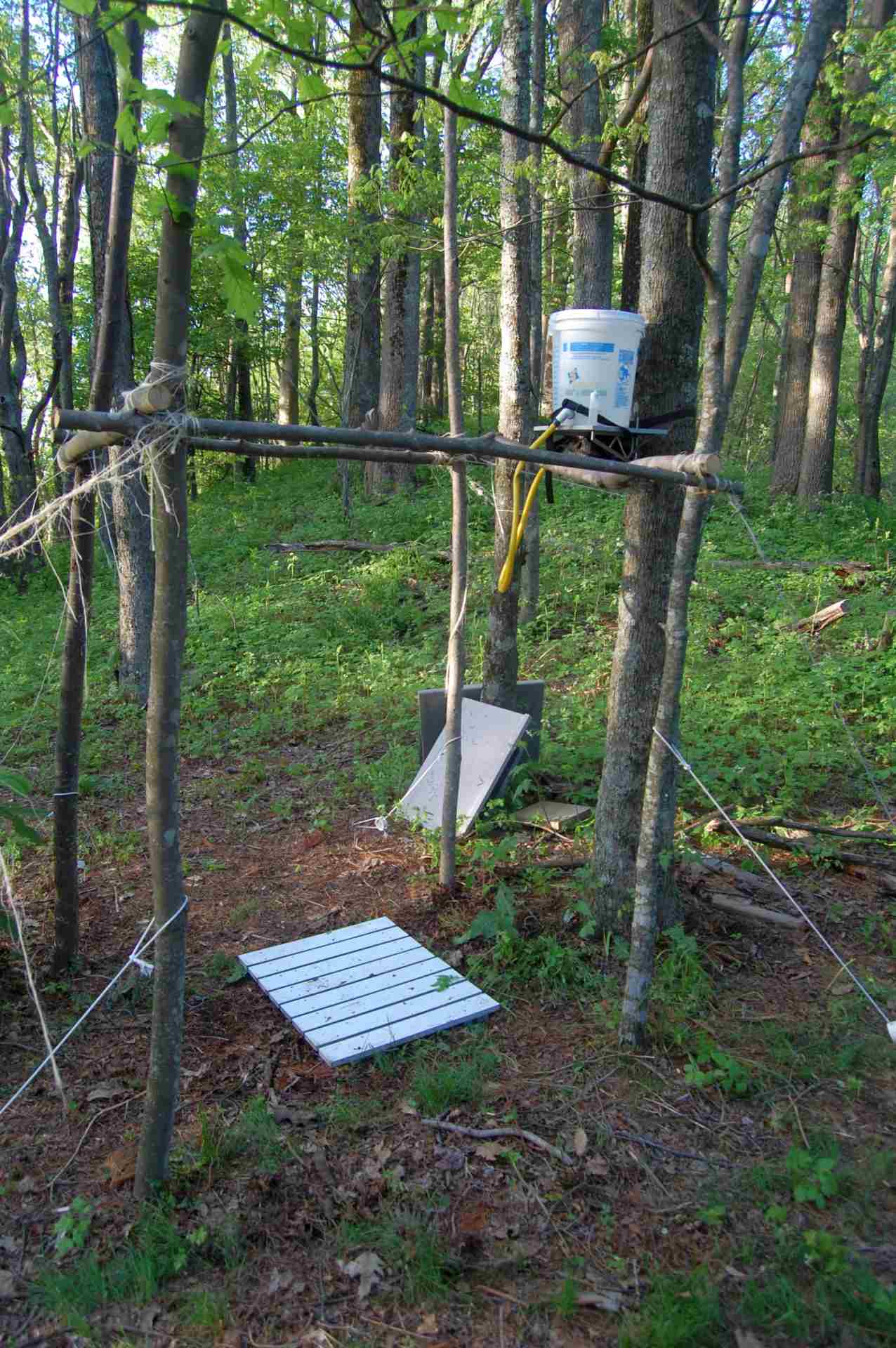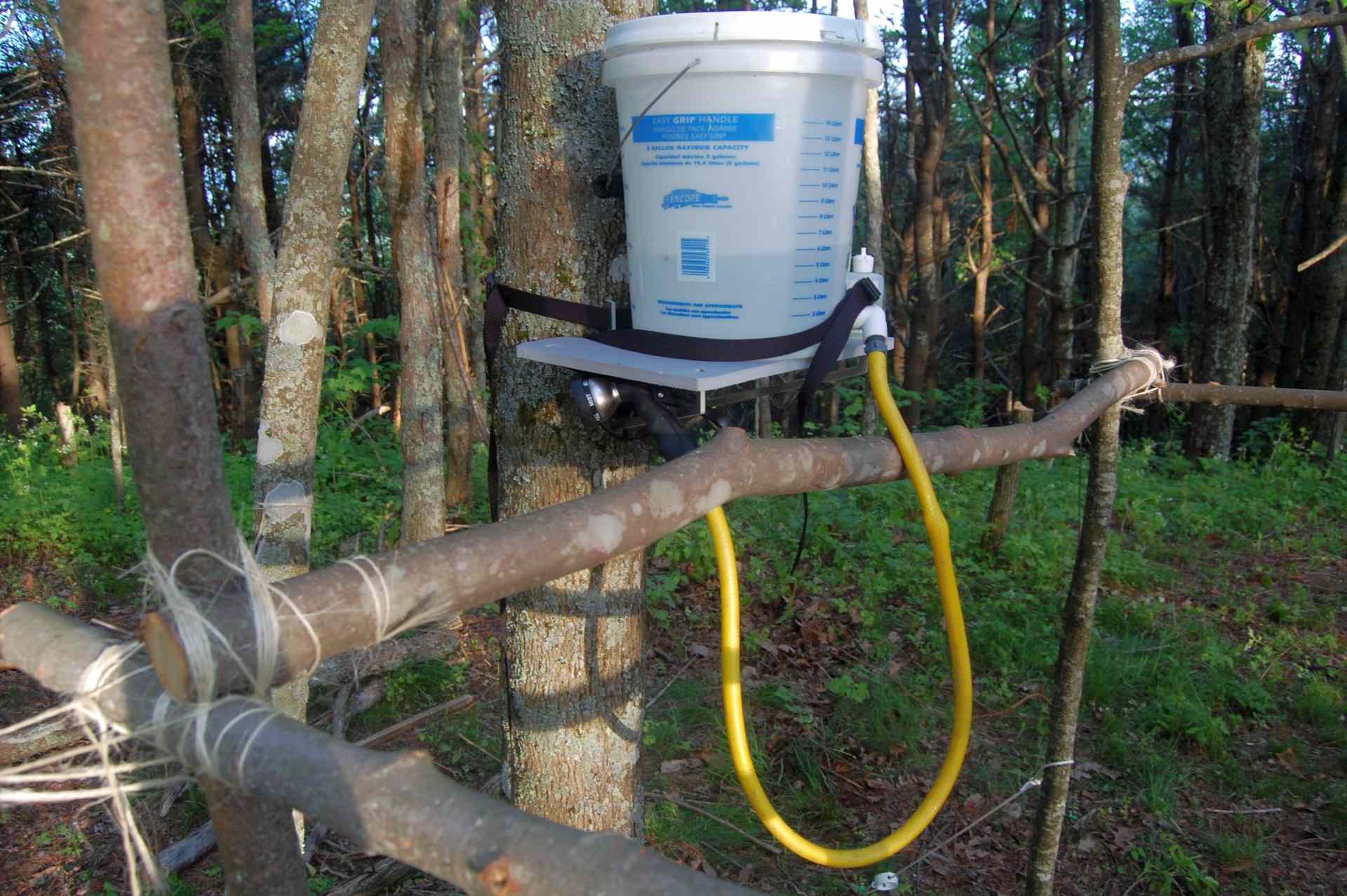Status: You have drawings and 3D CAD files and need a prototype
Next Step: Interacting with vendors to promptly get quotes
How do you do this? What is the best way to put you and your vendors in a win-win situation. Join me for the next few minutes while we talk about this.
Requesting A Quote
Cheers,
Montie
President
Montie Design
————————————————-
Audio File: 2014 Mar 14 – Requesting A Quote.mp3
Audio Length: 21:19 minutes
Hello. My name is Montie Roland. And I’m with Montie Design in Morrisville, North Carolina.
And what I’d like to do is spend a few minutes talking about a very simple topic, and that’s how to go after a quote. And maybe throw out some of my thoughts on what are good ways to manage the process and have a consistent process so you get consistent results.
Montie Design is a full-service product development firm with concentrations in mechanical engineering and industrial design and prototyping. We can take your product and go from concept to engineered design to something on the shipping dock, ready for you to ship.
When it comes time in the process of your engineering work to request a quote, it’s important to have a good process that consistently gets you accurate quotes in a timely manner. And that’s really what you want. You want to get those quotes back quickly, and you want to have them accurate and you want vendors that understand what you want. So part of that accuracy is putting together a technical data package that matches what you expect. If your documentation is sloppy, then your quote runs the risk of being off. Because some vendor may think that they’re providing what you want, when really they’re providing something else because the data you gave them wasn’t clear.
So there’s several steps to this process. One step is to select your vendors. I would encourage you to select vendors as early as possible so that you can have them involved in the design process. Now, in order to do that, you’re probably going to need to have a limited number of vendors – maybe even one or two – so that they have a shot at getting the business. Because if you get them involved in the design process, they have a lot of feedback for you, help you improve your product, and then never giving them that business over time, then they’ll lose their enthusiasm for helping you. Now, I don’t know that they have to get the business every time. I think, though, that, you know, over the course of two or three of these opportunities they need to see some business coming their way to really keep them incentivized, to participate as fully as you’d like. This is a little different than a lot of approaches because so many times people want the absolute lowest cost. But the thing you trade is that you may have vendors are less interested in providing you feedback by going with a low cost vendor all the time. So the vendor who’s the lowest cost may also be a low value vendor. They may not give you the product you want back or give you quality that’s unacceptable. And it’s especially bad if either the quality isn’t there – or – somehow they’ve built a product that just isn’t what you want; maybe there’s some differences and they didn’t ask the questions that they should have, because maybe they’re pretty tightly cost constrained. So that’s why, when you think about that, you want to have vendors that you can trust and that you can go to time and time again, and get repeatable, reliable, quality work from them.
So once you’ve selected vendors you want to send out RFQs to; then what you want to do is to understand client’s motivation or your constituent’s motivation. If there is already a vendor that’s preferred, and that vendor’s pretty much going to get it no matter what, then if you have a relationship with the second and third vendors that you’re going out for quotes for, you may want to consider letting them know – “Hey, this is probably going to be a second or third quote, and it looks like we may have this vendor.” And if they know you, then they’re going to understand that, obviously, unless you use this vendor all the time and will never go anywhere else, if there’s some specific reason that you’re going only to one vendor, then other vendors you know, if you tell them that, then they’re not going to need to put as much time in that quote. A lot of them will still give you a quote because they want to help you there, and part of that helping is staying on the RFQ list for the next one – but, so, they’re not going to feel like they’ve got to do as much pencil sharpening and have as tight of a quote, which requires more work. So that way you save them time; you’ve let them really know what’s going on; you’ve double-checked (at least in a rough way) that your primary vendor is giving you a reasonable price. And that’s a good way to communicate with those vendors. Now, if you don’t know the vendor and you’re telling him that, they may or may not send you a quote.
So that also brings of the thought of its good to know your vendors. Take your vendors to lunch. Don’t make them take you to lunch; you take them to lunch. Get to know them. Barbecue. You know, go to the rifle range. Go mountain biking. You know, those relationship opportunities help mean that when that vendor has a question, that vendor will ask you. One of the last things you want is unanswered questions, because that question may mean the difference between having a container full of junk, and having a container full of the product you really want. And so that relationship makes them feel comfortable giving you a phone call and saying, What do you think? Or maybe making a suggestion. We have one vendor that’s absolutely spectacular – ADR – and they’ve actually come back several times and said, We think you ought to do it this way. Once or twice they made some prototypes, and so, What do you think? That’s the kind of vendor that goes out of their way to give you quality product and keep your business. I mean, those guys, like said, they’ve done that. They have brought me a part they made and says, Here’s how we think it should be done. Not being proactive and not waiting on us to do something, but, hey, they’ve got AutoCAD; they made a change, they cut it and brought it over.
So, when you have that kind of vendor . . . those vendors are gold. You keep those vendors. You hold onto those vendors. You protect those vendors. And I think it’s important, too, and I want to digress a little bit here, is that if there’s issues in a project, then you want to make sure that your vendor is protected in appropriate ways. So if a vendor totally drops the ball and made a horrendous error somewhere, then most of the time they’re going to fix it. So, and they know that; they know there was an error. So, letting all the crap hit them, politically, doesn’t . . . isn’t always the best thing because it’s going to leave a bad taste in their mouth, even if it was their fault. So I think one of the things I encourage my folks to do is that if you communicate clearly if there’s a vendor with a vendor; but, we need to be the ones to man up with the clients and say, Hey, we goofed up. Because ultimately we’re the ones that selected that vendor. We’re the ones that had control over that vendor. And if there’s a mistake, the buck should stop with us, not with the vendor. And we’ve had times when a vendor did drop the ball and, you know, simple things sometimes cause problems, like a part that’s almost done and somebody sits it back on the machine upside-down and now the hole’s in the wrong place. Got it. But at the same time, you know, they recut those parts; there’s no point in beating on them or letting our customer beat on them. Because, you know, they’re serving us and we’re going to have that vendor relationship, I hope, long after that client’s doing something else. And that’s the thing, too. Clients are important. I’m not downplaying the value of the client relationship at all. With clients, though, we’ll see a client and we won’t see them for two or three years. And then we’ll have another interaction, or maybe a year. With vendors, we see them every month. And so this vendor is helping us with multiple . . . pick a vendor; he’s usually helping us with multiple clients, not just one. They’re helping with client after client after client. So that makes that relationship with that vendor, in my mind, just golden. So that’s why I think you want to take care of those vendors. You know, somehow, you can pay that vendor early; some companies don’t care. You know, bigger company, nobody may even know that. A smaller company, if they get a check ahead of time, or maybe they get a check at the dock, you can bet that if you’re ever the one in a jam, you’re more likely for them to stay late or come in early, or reshuffle things around to help you out, because you did something for them. Holding onto a check for a few more days, if you’ve got the cash to make, you know, I don’t know, 0.07% return on, it’s nowhere near as big a return as that vendor really wants your business. That’s the big return. And so doing things like, if you can, paying them early; taking care of them; these are things that help spur that relationship in the long run.
So, we’ve selected a vendor. Now the next thing is to get together our technical data package. What should that package have? That package, in general, should have non-parametric files (non-parametric files being PDFs, DXFs, DWGs, STEP files, IGES files); these are files that aren’t parametric from your CAD system. And by that, what I mean is that if I have a file that’s in SolidWorks, that SolidWorks file (say a part file) can be linked to a drawing file and assembly. And so, someone who’s not careful in how they deal with those files, when they bring that file up, if it can’t find the correct file that it’s wanting to reference – and it happens to grab a different file – then you can have a mistake appear in a drawing; even though it was saved in another way, all of a sudden, now, you can have a mistake show up in a drawing or in a CAD file because of these linkages. And I don’t want to get too far off on that subject; just to say that, in general, we try to give out fixed, non-parametric files (BAC/SiS, STEP, IGES, PDF) because those aren’t easily editable and those aren’t parametric. So they are what you give. We have some clients that want SolidWorks files. We can provide that. We always try to be careful, though, to provide an entire archive and make sure that everybody is well-communicated to about what the contents are, revisions levels, and so forth. The other thing you want to do is make sure your drawings are appropriate for the purpose. A lot of parts are made now from the CAD file, from an IGES or STEP file. And what that means is that fully dimensioning a drawing does not need to happen anymore, which saves you time and effort; saves your client money. And, the drawings now a lot of times will focus on things like GD&T or linear tolerancing or other things like call-outs, for material, finish, tapped holes. You know, you can machine a block of aluminum from a CAD file; the only thing that’s hard to do is to figure out is that . . . that quarter inch hole, is that tapped quarter-twenty; or is that a through hole. So, you show that on the drawings; you know, show where pins go, what pins are inserted there and so forth. And so your assembly drawings, your part drawings, your drawings of inseparable assemblies – those should go in your technical data file. Any 3-D geometry, if it’s going to be a part that’s going to be cut in 2-D, for example, water jet or some machine shops may want to program some parts as a two-and-a-half axis job; in that case you’ll need to include DXF – DWG. And I’ve got a white paper you can get off Montie.com that shows you how to understand what tolerances you can actually hole with the CNC process. That may be something to check out and gives you kind of an idea of, you know, where’s a starting point for what you can expect.
If you’re going to send a drawing to an unknown vendor, then you’re going to spend more time documenting. You want to make sure that drawing has more information. If you don’t know how that vendor’s going to make the part, whether it’s from an IGES file or STEP file or if they’re going to make it from the drawing, then you may end up needing a full set of drawings. In a lot of cases, full drawings aren’t used anymore. For example, tooling. You know, its . . . it’s just too many details to spend that much time drawing it when tools are made, early injection mold tools and die cast are not made from 2-D drawings anymore. They’re made from 3-D geometry.
So now what we do is grab a bill of materials and include that if it has multiple parts or assemblies. Put that together in an archive, send it out; make sure that you’re clear about any deviations from the drawing that you want on the quote. For example, if you want to get the parts back without finish, then put that on your RFQ. Make that its clear, you know, what comprises a set, or do you want piece parts; do you want assembly; do you want a test assembly to occur before you get it. You know, these process things that may not be obvious on a drawing, but you need to include on your RFQ. Send that RFQ out. Let your vendors know when you need it back. I mean, it sounds simple, but a lot of people don’t. And so if you need a RFQ back in four weeks, let your vendor know that they’ve got four weeks. They’re probably not going to take that long but that way they can prioritize. There again, you’re helping them make your life easier by making their easier. And if, also, too, if all you ever do is say “I need quotes back tomorrow”, then eventually, your vendors aren’t going to take you seriously when you say that. So I would much rather tell a vendor “Hey, can I get something back in two weeks” if that’s really what I need. That way, when I show up on their doorstep and I say to them “I need a quote, NOW”, they realize that I really need a quote now. And so, that whole concept of, I guess, political capital, if you want to put it that way; you know, you’ve got so much and if you burn it unnecessarily, then your vendor’s not going to take those priority requests seriously if it always happens. Same thing on lead time. If you have a part that’s going to take, you know, six weeks, and you need it in five, you need to let the vendor know. But don’t tell him two just because. So you want to make sure you work with your vendors and clearly communicate when the deliveries are, so that that way, they can prioritize their production. There again, you’re helping make their life easier, so they appreciate that. And that keeps those channels of communication open.
So, now you get an RFQ back; that goes back into your cost of building materials. That’s the best time in my mind to do it, is to put it back in that cost of building materials. Develop any amortizations or items like that for tooling. And then, now, you’re well on the way to using that quote for whatever you need. And the other thing too, I would suggest, is make sure you keep careful of where you put files. We have one vendor that faxes us back quotes. No problem. So I get it in my email (it comes to our fax but it gets sent to my email); and they’ve sent it me. I file it on the hard disk, and I save it in Outlook. But, what I put on the network, under that project I’ve got a directory called “Quotes” for that project. Then that way if I ever need to go find it, then I can, because I know where it is; it’s in that directory for that project. Because what’ll happen is a year from now I may need that quote again, and if its buried in some Outlook archive, good luck. So, instead, if I can go right to it and give it a final name that means something; save it on the network drive and I can go back and find those. And that becomes more important as you get a lot of projects going at once. Another thing, too, is sometimes you may not need that quote for a year. So you want to make sure that you’ve got that on hand; you know, the project gets delayed or you need to make more of them or what have you.
So, as you receive this documentation back, make sure that you’re putting that documentation in a safe place, you know, you’re storing that in your project directories. And the same thing, too – every time that we send out files, then that file is at a fixed rev level. So, if we make changes to that file, then the next time we send it out we send out a revised file that includes a change to the revision. If you don’t do that, it will bite you. It’s not fair to a vendor to say “Oh, this is the new version; don’t use the old one”. Go ahead, change the revision number, go through those steps; hand that to the vendor, show that on the P.O. That way, you’re less likely to get an old part or an old version of your design back. And that’s a really important thing to keep in mind.
I hope this has been helpful. This is one of those things that you want to have a consistent method of doing this so you can teach it to your staff, interns, what have you. And that’ll help you, too, as you have a good solid documentation process. It’ll help you over time as you need to go back and find those numbers, for whatever reason. And you will. Especially in a manufacturing environment. So, the more organized that is, the better off everybody is.
I hope this has been beneficial. It’s great to spend time together. And I hope that you have a great week. Montie Roland. Montie@montie.com is my email ((M-O-N-T-I-E at M-O-N-T-I-E dot com) You can give me a call – 1-800-722-7987 – or visit our website – www.montie.com. I hope you have a great week. Montie Roland, signing off.
END AUDIO







